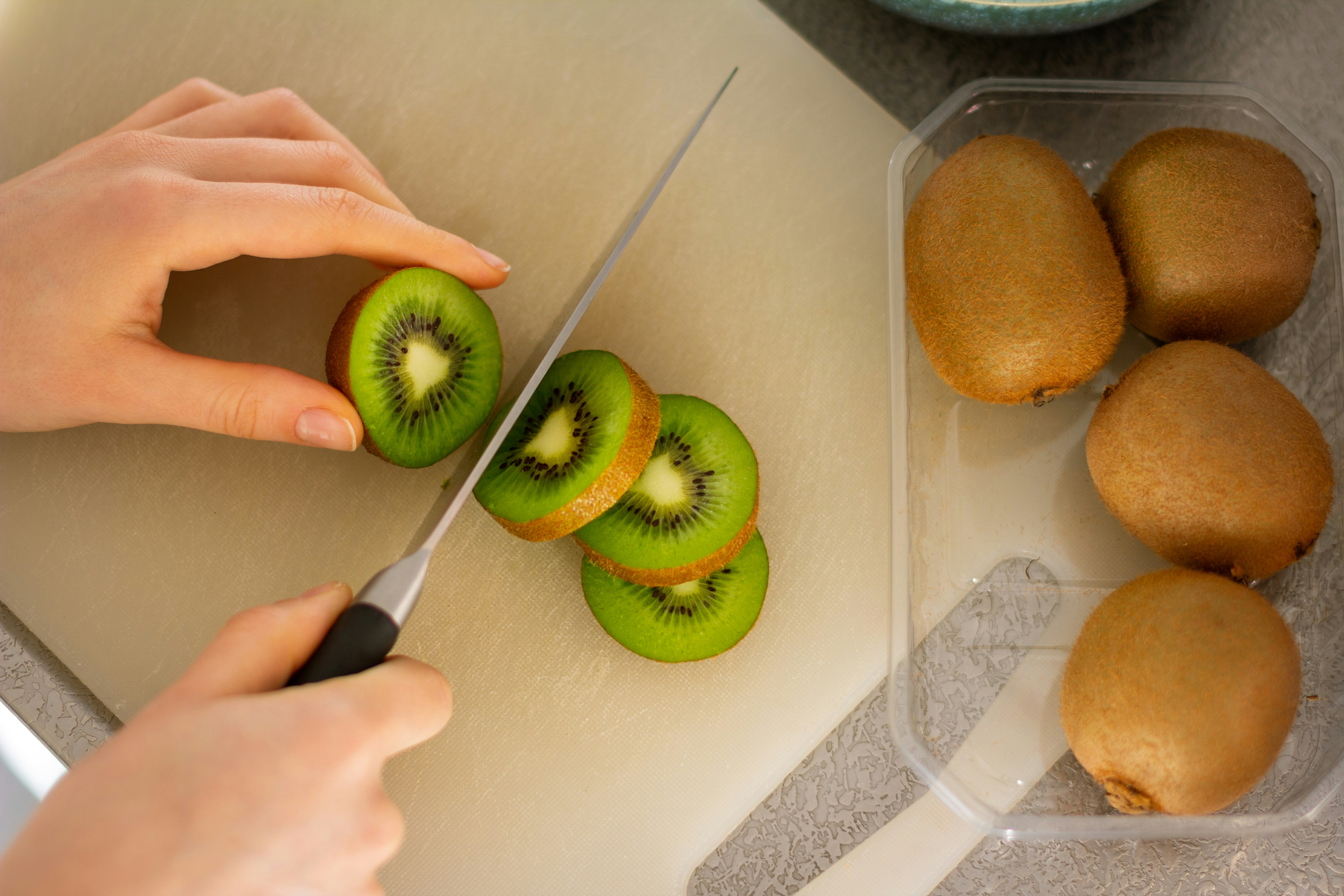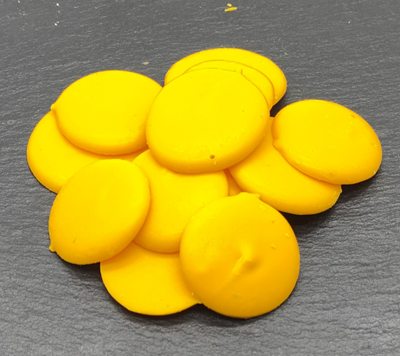The confectionery industry is under pressure as consumers shift to healthier lifestyles. In this blog post, we’ll explore the challenges facing the industry, including declining sugar consumption and the rise of health-conscious consumers.
Sugar Restrictions and Other Changes in Diet
The confectionery industry is under pressure from health campaigners and government regulators to make changes to the way its products are made and marketed. One of the biggest areas of concern is the amount of sugar used in confectionery, and there has been a push for companies to reduce the amount of sugar used. This is in response to concerns about the link between sugar and obesity, as well as the growing trend for healthier diets.

In response to these pressures, the confectionery industry has made some changes to the way it does business. Many companies have reformulated their products to contain less sugar, and some have even introduced sugar-free versions of their products. In addition, companies are now offering smaller portion sizes and are labelling their products more clearly. This is a response to the changing tastes of consumers and the need to stay competitive in an increasingly health-conscious market.
While the confectionery industry has made some changes in response to the sugar debate, there is still more work to be done. Health campaigners continue to pressure companies to do more to reduce sugar content.
Increased Focus on Healthy Eating
As the health effects of poor diet and obesity become more publicized, there has been an increased focus on healthy eating. This has led to a surge in the popularity of healthy food options, such as organic produce, whole grains, and lean protein. It has also led to a decrease in the consumption of processed foods, sugary drinks, and unhealthy fats.
The trend towards healthy eating is likely to continue as more people become aware of the importance of good nutrition. This could lead to even more innovative and healthy food options becoming available, making it easier for people to make healthier choices. This trend is also connected to the rise in the popularity of healthy lifestyle influencers. These are people who use their platform to share their tips and tricks for living a healthy life. Showing it as a glamorous life while emphasising on the advantages and having more people follow it day by day.
Why is the trend for healthy eating increasing?

There are many reasons why this trend is on the rise. For one, people are becoming more health-conscious and are looking for ways to improve their lifestyles. Additionally, social media has made it easier for people to connect with others who have similar interests. People are becoming more interested in following influencers who have a relatable and down-to-earth personalities.
The COVID-19 pandemic has forced many of us to re-evaluate our eating habits. For some, this has meant eating healthier in order to boost immunity. For others, it has meant simply trying to maintain a healthy weight in the face of stress and uncertainty.
No matter the reason for wanting to eat healthily, there are some basic tips that are being advised to follow to get all the nutrients needed. First, is the inclusion of a variety of fruits, vegetables, and whole grains. These foods are packed with vitamins, minerals, and antioxidants that can help keep the body and mind healthy. Second, the focus is on lean protein sources such as chicken, fish, tofu, and legumes. These foods help the body to feel satisfied and help to repair and rebuild. Finally, the inclusion of healthy fats in diets.
Confectionery Industry; An increase or decrease?
The United States
The confectionery industry comprises companies that produce candy, chocolate, and other sweet food products. The global confectionery market was valued at $282 billion in 2019, and it is expected to reach $325 billion by 2025.

In the United States, annual confectionery sales totalled $26.2 billion in 2019. The top-selling confectionery products in the United States include chocolate, chewing gum, and mints.
The confectionery industry is a major industry in the United States, with annual sales of over $24 billion. The industry is made up of a large number of small businesses, with the top five companies accounting for only 29% of total sales.
The confectionery industry is very competitive, with companies constantly innovating to create new and better products. The industry is also very seasonal, with sales typically peaking around Halloween and Christmas.
Europe
Sweets are a popular treat all over the world, and Europe is no exception. In fact, the European confectionery market is worth billions of euros each year.

So which countries are the biggest consumers of candy in Europe? And what types of candy are the most popular? Let’s take a look at the latest data on annual candy sales in Europe.
According to the latest figures, the biggest candy-consuming countries in Europe are Germany, the United Kingdom, and France. In terms of the types of candy that are most popular, chocolate is the clear winner, followed by gummies and chewy sweets.
There are many factors that contribute to this trend, including the growing popularity of sugar-free and low-sugar options, the trend towards healthier lifestyles, and the increasing availability of premium confectionery products. Whatever the reasons, it’s clear that Europeans love their sweets, and there’s no sign of that changing anytime soon.
Competition from other snacks
As the world becomes more health-conscious, traditional confectionery is facing increased competition from other snacks. This is especially apparent in the US, where annual confectionery sales have declined for the past three years.

There are a variety of factors driving this trend. Health-conscious consumers are opting for healthier snacks, such as fruits and nuts. In addition, many people are cutting back on sugar in all forms, including confectionery. With the rise of on-the-go snacks, there is less need for confectionery that requires utensils and takes longer to eat.
As the confectionery industry continues to decline, companies will need to innovate in order to stay afloat. This could involve developing new products, such as sugar-free confectionery or health-focused snacks. Or it could involve finding new ways to reach consumers.
The competition faced by confectionery is likely to intensify in the years ahead, but the category still has a strong position in the market.
The need for innovation

By choosing Plant-Ex Ingredients Ltd as a supplier of Natural Colours, Flavours and Extracts, we can work with you to keep on top of upcoming trends within the confectionery industry, in order to entice new customers into buying your products and bring back existing customers!
To view our confectionery applications visit www.plant-ex.com/applications
For a more detailed offering contact us at sales@plant-ex.com and we will help you choose what suits you best from more than 5000 formulations available.
Fluctuating ingredient costs
Food manufacturers are feeling the pressure as ingredient costs fluctuate. The cost of wheat, for example, has decreased by about 9% since last year. But other commodities like soybeans and corn are up by about 24%.

The ongoing war between Russia and Ukraine has resulted in a sharp increase in the costs of important ingredients used in food production. This has caused a ripple effect throughout the food industry, with companies passing on the higher costs to consumers in the form of higher prices.
This is because the war has disrupted the supply of many key ingredients, leading to a shortage of these ingredients on the market. As a result, prices for these ingredients have gone up, and companies have had to either raise prices for their products.
This volatility is nothing new, but it’s becoming increasingly difficult for manufacturers to keep up. With such tight margins, even a small increase in ingredient costs can have a big impact on the bottom line.
The Russia-Ukraine war has also led to a rise in transportation costs, as companies have had to ship their ingredients from further away. This has been a major challenge for many companies, and it has led to some companies going out of business entirely.
How to survive the rising costs:
Despite the challenges, the food industry has so far been able to adapt to the higher costs and continue to provide consumers with the products they need. However, it is unclear how long this can continue, as the war shows no signs of stopping and ingredient prices continue to rise.
To survive, manufacturers need to be agile and adaptable. They must order their ingredients in advance, plan and forecast to not face the lack of raw materials. They also need to be able to quickly adjust their recipes and processes to account for changes in ingredient costs.
It’s a tough environment, but those who can weather the storm will come out ahead in the end.
The confectionery industry faces a number of challenges, such as the need for innovation, the ever-changing tastes of consumers and the increasing cost of raw materials. However, these challenges also present opportunities for those companies that are able to adapt and change with the times. Plant-Ex is a leading provider of flavours, colours, extracts and food protection systems and we are well-positioned to help confectionery companies meet the challenges with our range of products. For more information, contact us at sales@plant-ex.com.
